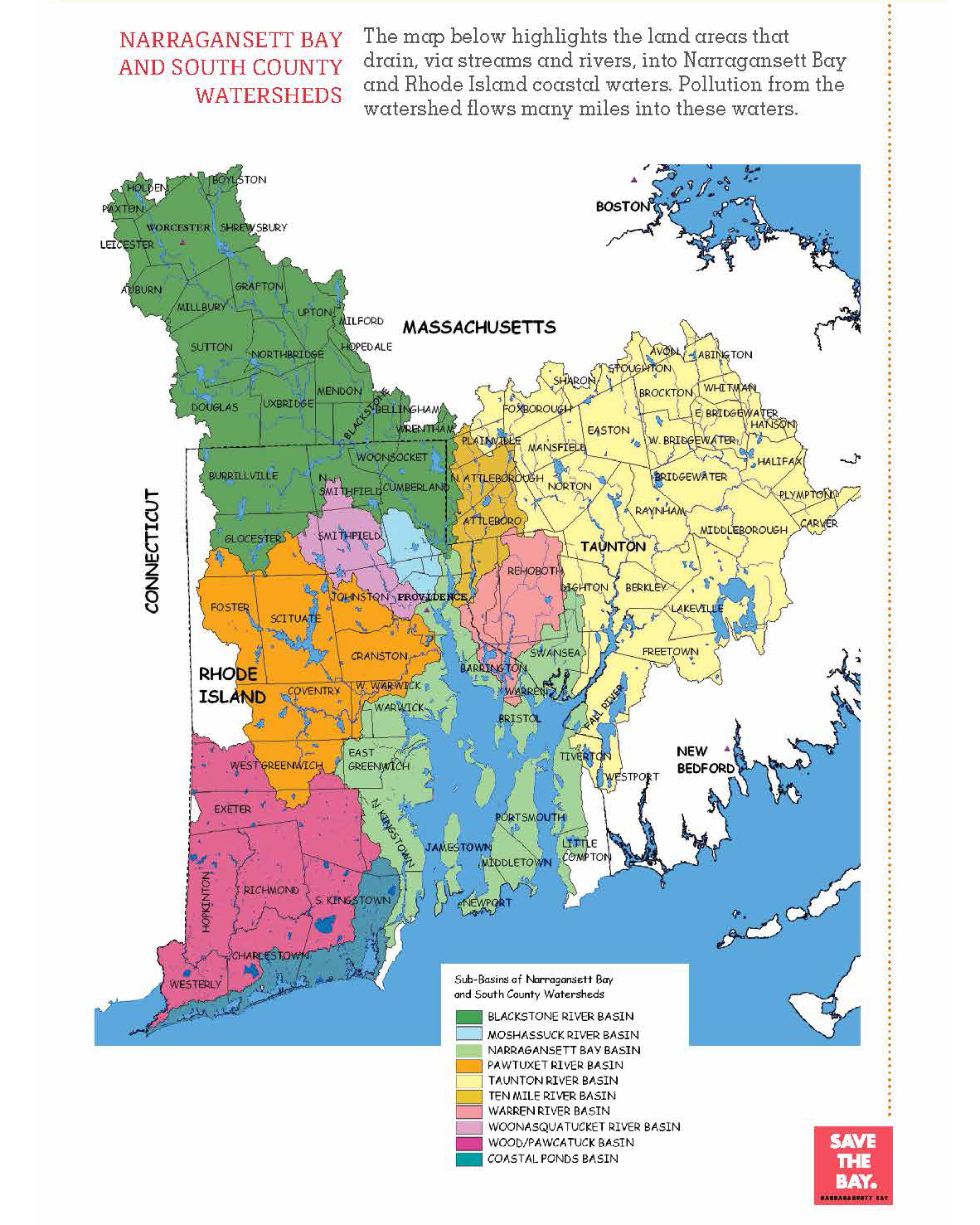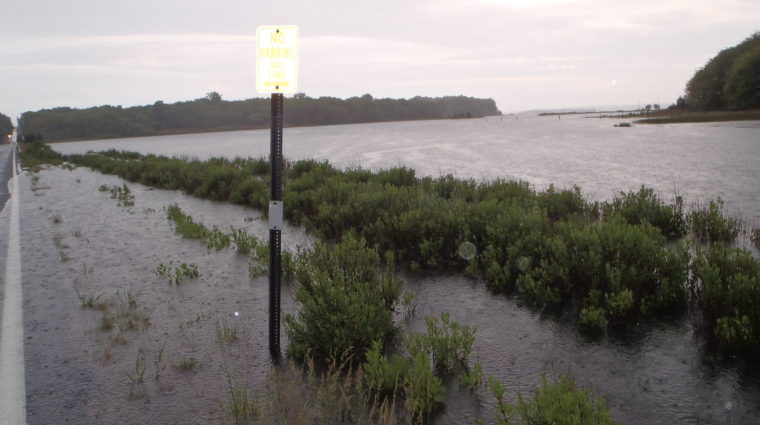Narragansett Bay is a Treasure That Needs Protecting

Narragansett Bay, on the north side of Rhode Island Sound, is a designated estuary of unparalleled beauty and national significance. Estuaries, where rivers and the ocean meet, are among the most diverse and biologically productive ecosystems on earth. Covering 147 miles, Narragansett Bay is New England’s largest estuary, functions as an expansive natural harbor and includes a small archipelago. Small parts of the Bay itself and a full 60 percent of the Narragansett Bay watershed lie in Massachusetts.
Together, Narragansett Bay and all the rivers that flow into it provide spawning ground, nursery and habitat for more than 60 species of fish and shellfish, more than 200 bird species and many marine mammals. The 1,704-square-mile watershed—the whole area of land and inland waters that flow into Narragansett Bay—welcomes more than 100,000 fishermen each year, and over 32,000 recreational boats cruise its waters. The Bay provides recreational opportunities to millions of people in Rhode Island and Massachusetts who live, work and play within its entire watershed and a quality of life that attracts businesses, industries, and more than 20 million visitors each year, generating jobs and billions of dollars for the regional economy.
And yet, human pollution and development have caused some of our most important marine species to decline dramatically. Many areas remained closed to fishing, shell-fishing and swimming because of pollution. And every summer, beaches and ponds are closed because of bacteria and other pollution from waters that run off our streets and lawns.
Narragansett Bay is truly an environmental treasure that connects communities in Rhode Island and Southeastern Massachusetts with the Atlantic Ocean. It is our greatest public asset and the symbol of the region’s history and culture. Unfortunately, it has become the resting place for sewage and pollutants.
Save The Bay’s mission is to protect and improve Narragansett Bay. Our vision is a fully swimmable, fishable, healthy Narragansett Bay accessible to everyone; a thriving and resilient Bay recognized globally as an environmental treasure; and an engaged and informed community about matters affecting the Bay.





